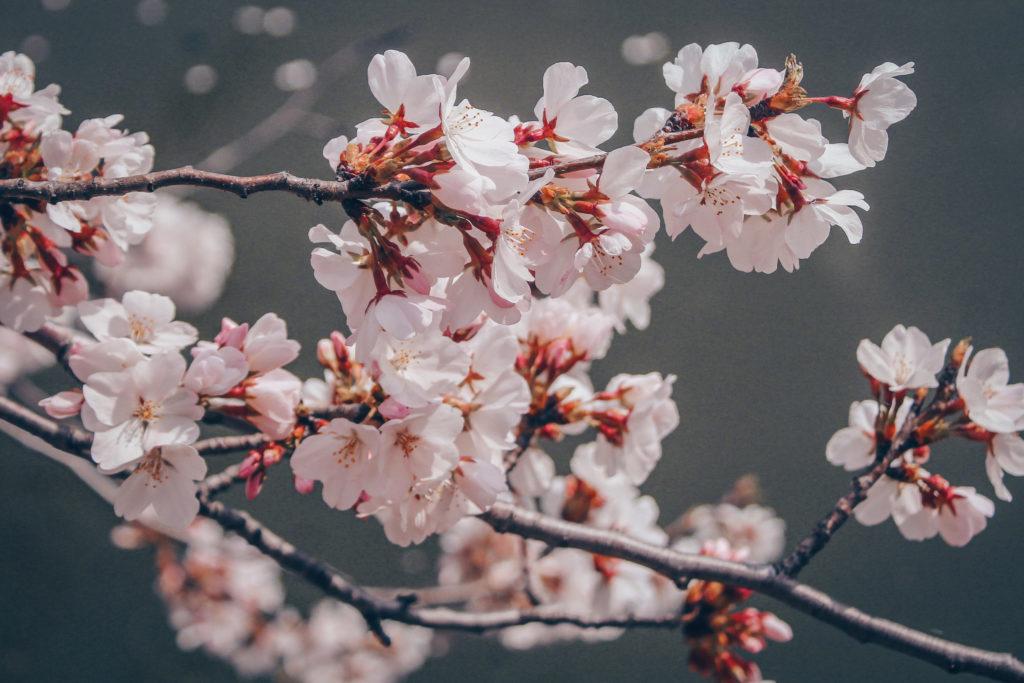The National Park Services predict D.C.’s cherry trees will reach peak bloom between March 22 and March 25, which could be the second-earliest bloom since 2013.
The NPS recorded visible florets – the second stage in trees’ spring bloom – on more than 70 percent of the trees around the Tidal Basin, the earliest since 2017. Since 1921, D.C.’s cherry trees along the Tidal Basin have typically reached peak bloom on April 4, but blooms have come early in 16 of the last 20 years, according to the Environmental Protection Agency.
NPS spokesperson Mike Litterst said in an email last week that warmer temperatures “break” winter dormancy in flowering trees like the cherry trees along the Tidal Basin. He said the warmer temperatures signal the chance for an early bloom.
“The cherry trees have progressed to florets visible, the 2nd of 6 stages,” NPS said in a Wednesday tweet. “Depending on the weather, peak bloom should be around 3 weeks away!”
In 1909, Japanese chemist Jokichi Takamine and Tokyo Mayor Yukio Ozaki gave more than 2,000 cherry trees after federal officials expressed interest in planting cherry trees around D.C. In 1910, however, the Department of Agriculture found the trees were infested with insects and disease so the department burned them down.
Ozaki requested the Japanese government make a second donation of disease-free trees to the United States, and more than 3,000 trees arrived in 1912. The planting of the trees lasted until 1920 and took place along the Tidal Basin and on White House grounds.











